From VPNs to Identity-Driven Access: The Microsoft Entra Global Secure Access Advantage
July 17, 2025
|
Duration:
5
min READ

How Microsoft Entra Global Secure Access is Redefining Modern Access Control
This is Part 5 of our Microsoft Entra Identity series.
The modern threat landscape demands new thinking as cyber attacks evolve and increase:
- 84% of attack paths involve internet exposure1
- 66% of breaches involve identity compromise2
- Microsoft reports that 7,000 password attacks per second are blocked3
- AI misuse is amplifying risk, with 57% of security leaders reporting AI-related incident increases4
Despite these challenges, organizations continue to depend on siloed security architectures, with a typical enterprise using, on average, 5+ identity solutions and 4+ network security tools. Additionally, fragmented tools lack shared context, leading to inconsistent enforcement and security blind spot.
Traditional perimeter-based security is insufficient against modern threats, as it fails to address the risk posed by compromised credentials and insider threats once past the initial firewall. An identity-aware network access model directly mitigates these vulnerabilities by verifying user and device identities for every access request, regardless of location, ensuring only authorized entities can access specific resources. This granular control significantly reduces the attack surface, enhances data protection, and enables a more secure and adaptable network infrastructure for the evolving threat landscape.
The Solution: Unified Identity +Network Access with Microsoft Entra
Microsoft’s approach brings identity and network telemetry together in one powerful, unified access platform. With Microsoft Entra Global Secure Access, organizations can:
- Inspect and control all traffic, whether accessing Microsoft 365, SaaS, private apps, or the open internet
- Replace traditional VPNs and secure web gateways with identity-driven access enforcement
- Use Conditional Access policies alongside network context such as egress routing, trusted sources, and location
What does Microsoft Entra Global Secure Access Enable?
Global Secure Access is made up of two key components:
Microsoft Entra Internet Access unifies access controls to:
- Protect user access to internet-facing services like Microsoft 365, SaaS, and the public web
- Enforce network-aware Conditional Access policies
- Block risky or malicious sites before the request reaches the browser
Secondly, Microsoft Entra Private Access provides a fast, seamless access experience while still:
- Enabling Zero Trust VPN replacement
- Providing granular, identity-based access to internal and hybrid applications
- Ensuring “just enough” network access without exposing broad segments or opening firewall ports
Key Use Cases of Unified Access
Access Discovery and Risk-Based Tagging
- Microsoft Entra automatically identifies all apps in use, including shadow IT
- Applications can be tagged by sensitivity level (high, medium, low)
- Policies apply dynamically based on tag and traffic source
Privileged Access Hardening
- Enforce phishing-resistant MFA for sensitive network paths
- Continuous session evaluation revokes access in real time if risk signals change
Microsoft Entra Global Secure Access in the Real World
When identity and network controls converge inside Microsoft Entra Global Secure Access, the advantages show up quickly in day-to-day operations.
Improved Security
Picture a multi-national manufacturer with frontline factories that rely on legacy OT dashboards and an ever-growing set of SaaS tools for design and supply-chain analytics. By onboarding both its internet traffic and its private factory networks into Microsoft Entra Internet Access and Entra Private Access, IT gains a single view of every session. If a designer who usually works in Stuttgart suddenly attempts to download sensitive design files from an unmanaged laptop in a hotel, the same identity-plus-network signal that blocks the download also prevents lateral movement to the factory dashboards.
The risk is assessed once, enforced everywhere, and logged for the SOC.
Operational Efficiency
A financial services firm has been juggling three different platforms: a remote-access VPN, a secure web gateway, and an identity provider with bare-bones Conditional Access. Every merger resulted in months of policy mapping between products and teams. After consolidating onto Global Secure Access, network engineers publish the acquired bank’s internal apps behind Microsoft Entra Private Access, while the identity team extends existing Conditional Access templates to the new staff. Because the same policies apply to both web and private traffic, the integration finishes in weeks, not quarters, and a third-party VPN license is retired.
Consistent User Experience
Consider a university where adjunct professors bounce between campus Wi-Fi, home broadband, and conference hall networks. Previously, they endured separate prompts: VPN for the student-records portal, an SWG splash page for web research, and MFA for Office 365. With Global Secure Access, a single identity-driven session follows them everywhere.
Whether they launch the payroll system, a SaaS learning app, or an external research site, they see the same lightweight sign-in flow and benefit from behind-the-scenes checks that adapt to device health and network trust without extra clicks.
Across these scenarios, Microsoft Entra Global Secure Access turns what used to be fragmented point solutions into one unified control plane, tightening security, shrinking operational overhead, and making users forget the word “VPN.”
Next Steps
- Assess legacy application exposure to the internet
- Start a proof of concept with Microsoft Entra Internet Access or Entra Private Access
- Extend Conditional Access evaluation to all traffic, not just Microsoft workloads
Final Thoughts
Modern threats demand a shift from traditional network security; that's why an identity-aware network access model is so vital. It centers on identity, ensuring every user and device is authenticated before accessing resources, regardless of their location. This enables continuous risk assessment, allowing the system to dynamically adjust access control in real-time based on the perceived risk associated with each identity and the actions they attempt. A proactive approach with Microsoft Entra Global Secure Access offers organizations a clear path to consolidate, simplify, and strengthen access control for the future.
Want to learn more about Microsoft Entra GSA? Contact MajorKey to speak with an identity expert.
Want to catch up on the rest of our Microsoft Entra Identity series?
- Why Identity is the New Perimeter: Rethinking Security in a Cloud-First World
- Microsoft Entra ID Governance: What’s New and Why it Matters
- The Business Case for Lifecycle Workflows in Microsoft Entra ID
- 5 Common Access Review Pitfalls (and How to Fix Them)
1 State of Multicloud Security Risk, Microsoft, 2024
2 Microsoft Digital Defense Report 2024
3 How to break the token theft cyber attack chain (2024 Microsoft blog)
Authors

Workforce Identity
Advisory
No items found.
.svg)





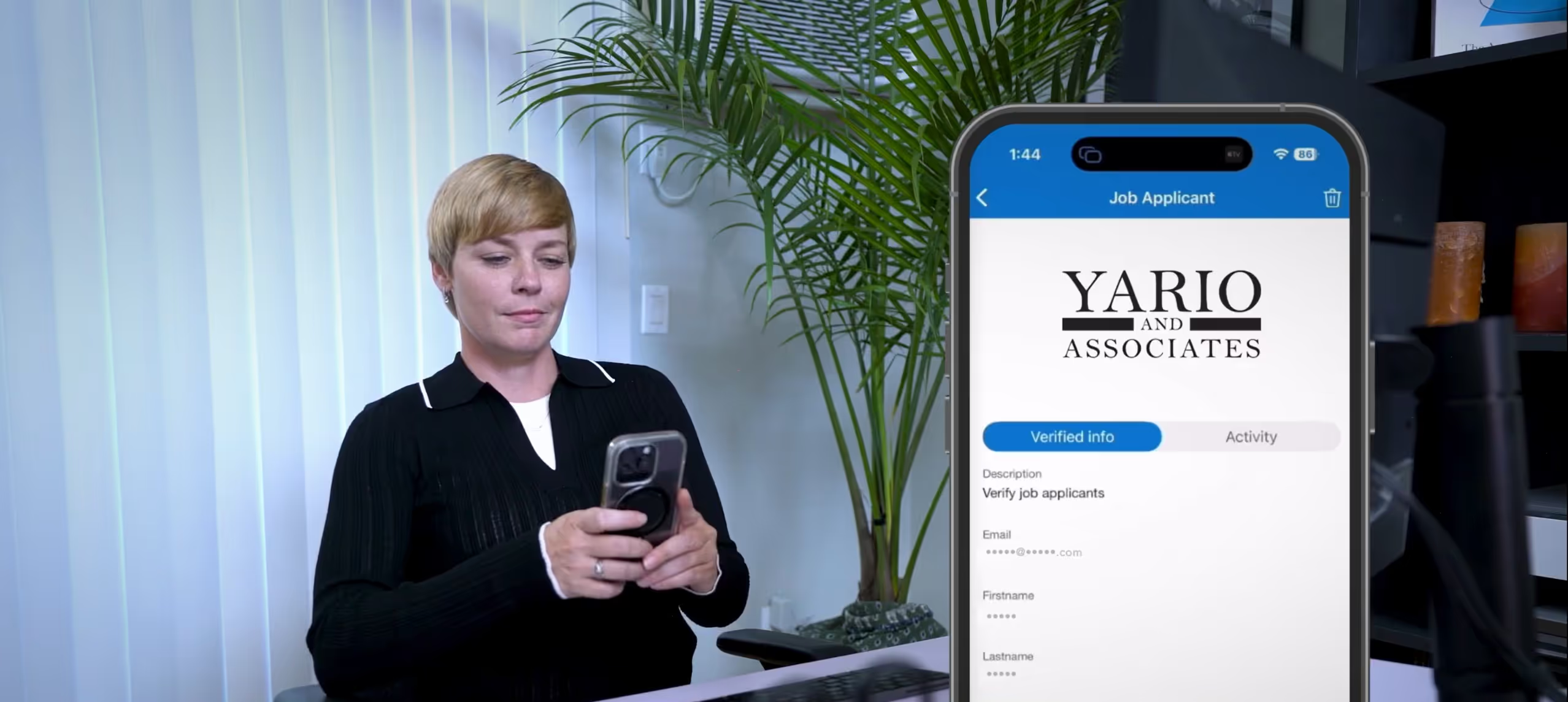



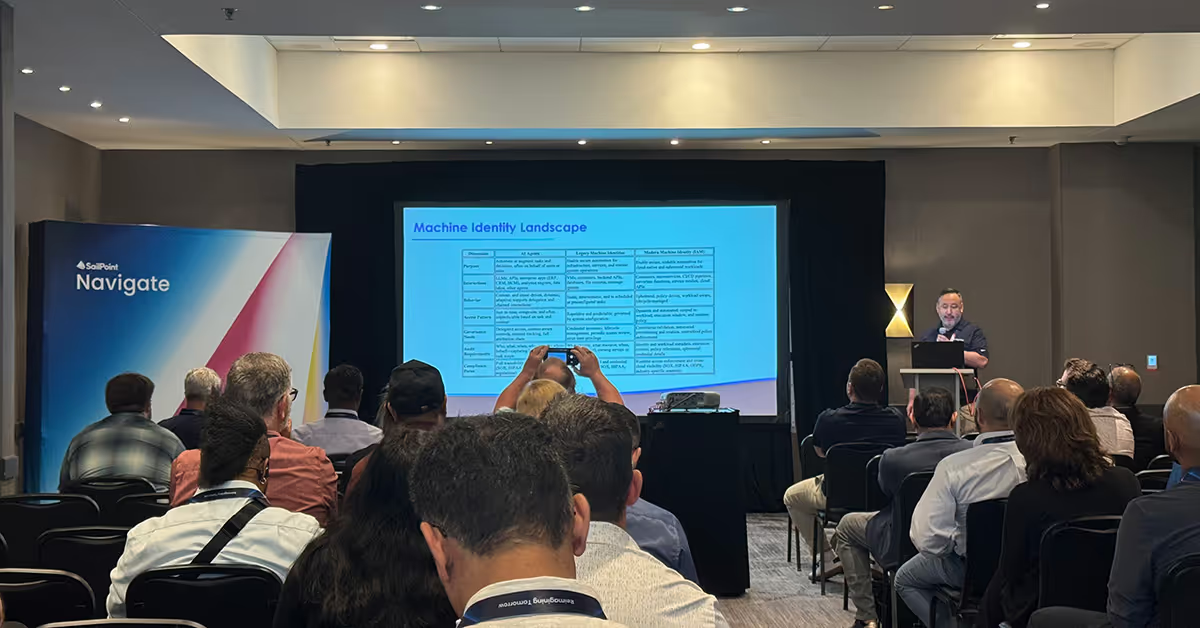
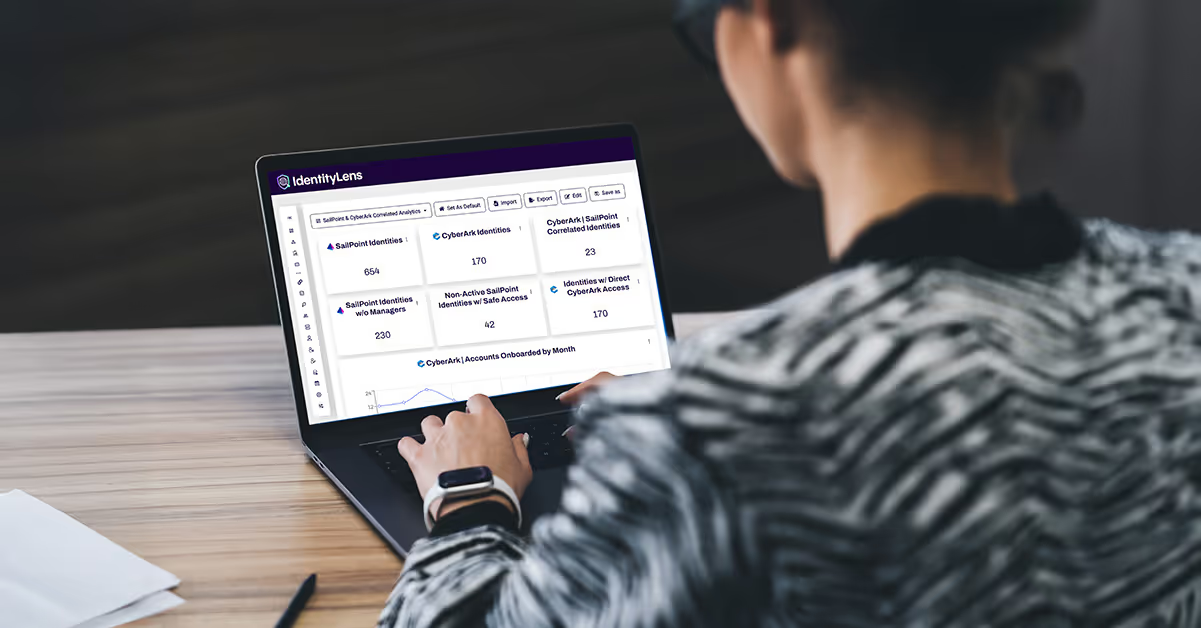
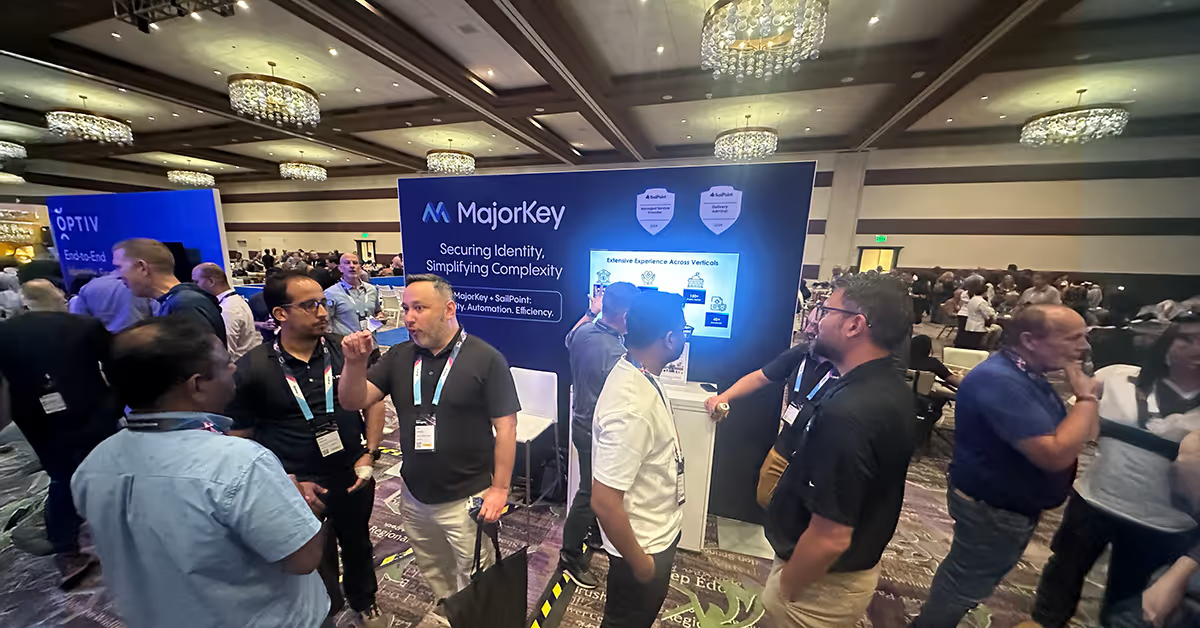


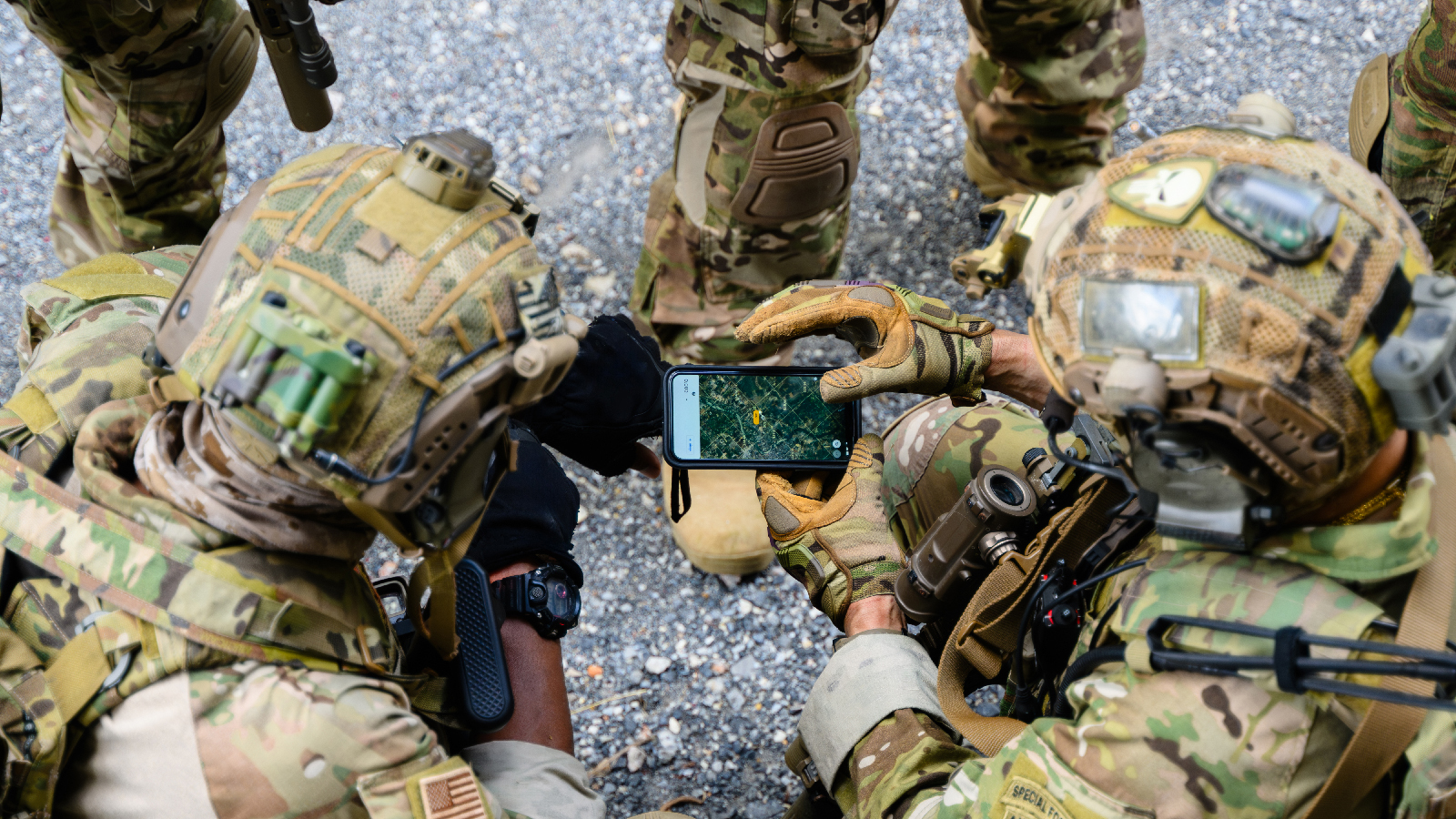




.svg)
